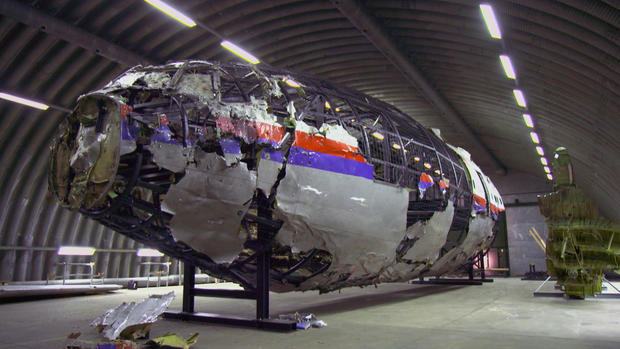
Office buildings amid the heavy haze at Beijing’s business district, in a photo from 2017.
Zhang Peng | Contributor
All eyes are on China’s progress in getting its factories to crank up again, after the country extended this year’s Lunar New Year holiday and shut down major growth regions in a bid to contain the coronavirus outbreak.
Many of its provinces started gradually limping back to some form of production last week, about two weeks later than previous years.
The Chinese government has also been giving regular updates, reporting last Wednesday that work resumption rate has topped 50% for some industrial companies in key economic regions such as Guangdong and Shanghai.
Chinese state media also reported Tuesday that more than 80% of its central state-owned companies’ roughly 20,000 manufacturing subsidiaries have resumed work.
But here’s how some economists and analysts are tracking the story of China’s progress in returning to work — as the world’s second largest economy gears up to return to full production.
Air pollution levels, coal consumption
Analysts are using pollution levels as a gauge of industrial activity. Major cities in China are well known for being choked by smog, due to the extensive burning of coal by factories.
So far this year, pollution levels have been between 20% and 25% lower compared to the same period last year, Tapas Strickland of National Australia Bank (NAB) said in a note earlier last week, suggesting there was a substantial decline in industrial activity in the first quarter.
Referring to the official update that more than 80% of China’s 20,000 manufacturing subsidies have resumed work, Rodrigo Catril, senior foreign exchange strategist at NAB, cast doubt on the actual progress.
“This news should have been embraced warmly by the market, however high frequency data such as pollution levels and traffic congestion gauges in Beijing do not at this stage corroborate the upbeat official message, keeping investors wary,” he said in a note Wednesday.
On Feb. 20 (Thursday), daily coal consumption of six major power plants was 42.5% less than the same time last year, according to Nomura, which has been tracking such metrics daily. The Japanese bank has also been following data on traffic congestion, passenger flows and new home sales in a bid to track the progress of China’s work resumption.
“The pace was slow due to a lack of workers and strict reopening criteria, and it varied across cities, industries, and firms,” J.P. Morgan’s Sin Beng Ong wrote in a note last week.
“The weak resumption of production is reinforced by a set of high-frequency indicators in the areas of energy consumption, real estate transactions, passenger traffic, and air quality,” he said.
Passenger migration across China
Other metrics — such as traffic congestion and passenger numbers — could also shed some clues on the full picture of China’s return to work.
Analysts typically look at the Baidu Migration Index, which tracks the number of workers returning from their hometowns to work after the Lunar New Year (LNY) holiday.
“The Baidu migration index suggests that only 37% and 33% of people that left tier-1 and key tier-2 cities for LNY have returned (vs. 100% at this point last year),” Morgan Stanley analysts wrote last week. large
According to Nomura, the worker return rate for 15 cities was 25.6% as of Feb. 19, only around a quarter of what was recorded a year ago.
However, Oxford Economics pointed out in a note on Thursday that such gauges do not completely reflect the full back-to-work progress, as they don’t take into account the practice of working from home amid the virus crisis.
“Pollution and traffic volume statistics provide one guide to the speed at which China is returning to business as usual,” the advisory firm said.
“But they’re imprecise indicators of activity growth and will fail to fully capture shifts in spending and activity (e.g., greater online spending and remote working),” it said, adding that the first gauge will “come from the business surveys of sentiment.”

